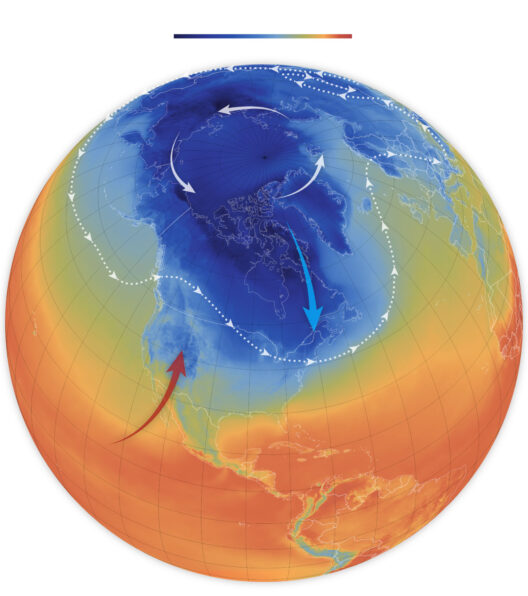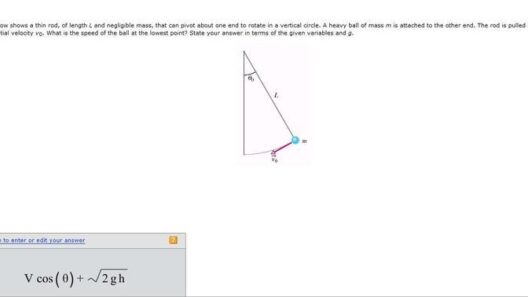In the domain of physics, collisions can be classified into distinct categories based on the conservation of momentum and energy. The phenomenon of energy conservation during collisions, particularly in partially inelastic collisions, has elicited considerable intrigue among scholars and enthusiasts alike. To elucidate the complexities surrounding this topic, it is essential to explore the nature of energy conservation in both elastic and inelastic collisions, ultimately focusing on the implications of partial inelasticity.
The fundamental principle of energy conservation posits that energy cannot be created or destroyed, only transformed from one form to another. In the context of collisions, this law manifests in the behaviors of objects as they interact. Collisions are generally categorized into elastic and inelastic collisions. Elastic collisions are characterized by the complete conservation of both kinetic energy and momentum, while inelastic collisions entail the conservation of momentum, albeit with a partial or total conversion of kinetic energy into other forms, such as thermal energy, sound, or deformation. A special case is perfectly inelastic collisions, where the colliding objects stick together post-collision, maximizing the kinetic energy lost.
The crux of the inquiry into partially inelastic collisions arises from the question: Is energy conserved in these interactions? To address this, one must consider the nuances of kinetic energy and momentum during a partially inelastic collision. In a partially inelastic collision, momentum conservation holds true. The total momentum before the collision equals the total momentum after the collision. This fundamental tenet of Newton’s Third Law underlies the mechanics of such interactions. However, kinetic energy does not retain its initial state. A portion of it is transformed, typically into other forms of energy. Thus, while momentum remains conserved, the disparity in kinetic energy before and after the collision illustrates that energy is not conserved in the conventional sense.
To comprehend the transformative nature of collisions, examining a tangible example provides clarity. Consider two skateboards rolling towards each other with distinct velocities. Upon collision, they may interlock momentarily, experiencing deformation. In this instance, the initial kinetic energy, which was purely mechanical, can be observed to dissipate in various forms. Some kinetic energy converts into thermal energy due to friction and deformation of the skateboard material, while other energies may manifest as sound waves created by the impact. The integrity of the skateboard shapes alters; therefore, a fraction of energy has transformed from kinetic to other forms, signifying that energy is not conserved here in the sense of remaining purely kinetic.
The fascination with partially inelastic collisions stems from their prevalence in everyday occurrences, from vehicular accidents to sports. They serve as profound reminders of the principles governing energy transformation. Many real-world systems exhibit characteristics of partially inelastic collisions, thus prompting a discourse about efficiency and energy loss. This brings to the forefront the concerns regarding the implications for energy conservation within these interactions.
Moreover, the study of partially inelastic collisions is paramount in energy efficiency endeavors. Understanding how energy dissipates during these collisions informs engineers and environmentalists alike, aiding in the design of structures, vehicles, and materials that can minimize energy loss. The adoption of softer materials in vehicle design can illustrate an attempt to mitigate energy dissipation, thus improving occupant safety while addressing conservation. Reducing energy loss in such systems aligns with broader conservation efforts that advocate for more sustainable practices, emphasizing that acknowledging the subtler aspects of physics has real applications in environmental stewardship.
The allure of partially inelastic collisions also invites deeper reflection on the nature of energy itself. Questions arise about the classification of energy and the labels we ascribe to its forms. Energy, often confined to rigid categorizations, reveals an inherent fluidity through transformations. As kinetic energy shifts to thermal energy, for instance, it is challenging to track the lineage of energy, evoking deeper philosophical ponderances regarding our understanding of the universe’s mechanics. Beyond scientific curiosity, such discussions resonate with a broader audience concerned with energy efficiency amid pressing ecological challenges.
Furthermore, the implications of energy transformation in real-world applications extend well beyond engineering. In mechanics, they inform conservation strategies on macro and micro scales. By mitigating the impacts of energy dissipation in various systems, including machinery, transportation, and waste management, we bring the principles of physics to bear on pressing environmental challenges. The acknowledgement of partial inelastic collisions as a cornerstone for these strategies reaffirms the critical intersection of theoretical and practical science.
In summary, while momentum is conserved in partially inelastic collisions, energy conservation remains elusive. The multifaceted transformations that occur during such collisions evoke wonder and provoke inquiry, spanning physics and beyond. The implications for energy conservation present profound opportunities for further exploration and innovation aimed at fostering sustainability. The deeper understanding of how energy transitions from kinetic to other forms serves as not just a hallmark of physical principles but also a call to action in our shared pursuit of an environmentally responsible future. As we disentangle the mechanics of these interactions, we simultaneously weave a narrative of environmental awareness, underscoring the pivotal role of physics in fostering a more conscientious engagement with our world.








